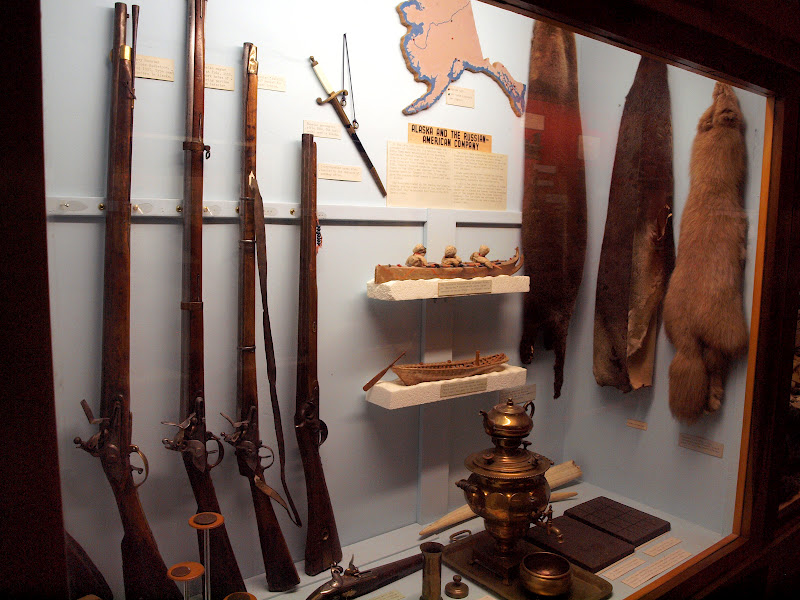I'll bite.
1 Matchlock musket
2 Snaphaunce musket
Look into Hernando De-Soto's expedition. In the Battle of Mabila
Link Mabila
The result of this battle and expedition and those like it, is that disease spread through the waning Mississippians in the interior of North America. It is theorized that untold millions died. In short a apocalypse of the native culture through disease and evasive species like the hog who wreaked havoc on native agriculture.
Lands were virtually emptied of habitation.
The remnants of this die off became the historical tribes encountered over a Century later.
3 Dutch trade musket
The Dutch were the first to really perfect the flintlock. The Bess was well as early French designs were based on Dutch designs....
4 Miquelet escopeta
5 French fusil du chasse more to come on Trade Guns....
6 Brown Bess musket
7 Charleville musket
8 Trade musket.... Whether Dutch,French or English the trade gun is what transformed North America. Empowered with guns the Iroquois League became a well armed Empire spreading it's influence directly and indirectly throughout North America. Sioux who some lived as far east as Virginia are bumped into the Great Plains! Iroqouian Cherokees bumped South...Shawnee flee to Coastal Georgia. All of this eventually leads to the French and Indian War...and Revolution.
Basically the native near Stone Age Hunter, Gatherer, Farmers became armed Warrior/Hunter/Farmers/Trade dependent on European goods. Indian men were counted as...Gunmen in British population counts! This also starts a industrial trade war???between France and England.
Spain weakens....France being Papist like Spain, does not have the Independent minded population with the means and desire migrate to the New World like the Independent minded (Capitalist? Protestant?) British. Look into the Deerskin Trade,Triangle Trade,Iroquois League, Beaver Wars...
Full Circle The American Revolution Begats the French Revolution... Reign of Terror...French Republic...Napoleanic Dictatorship and War. This shapes the 19th Century 20th..World Wars?? and arguably right up to the present day. All from the flintlock Trade gun??
9 Blunderbuss....a non factor
10 Double barrel percussion shotgun very late...post CW for the most part.


